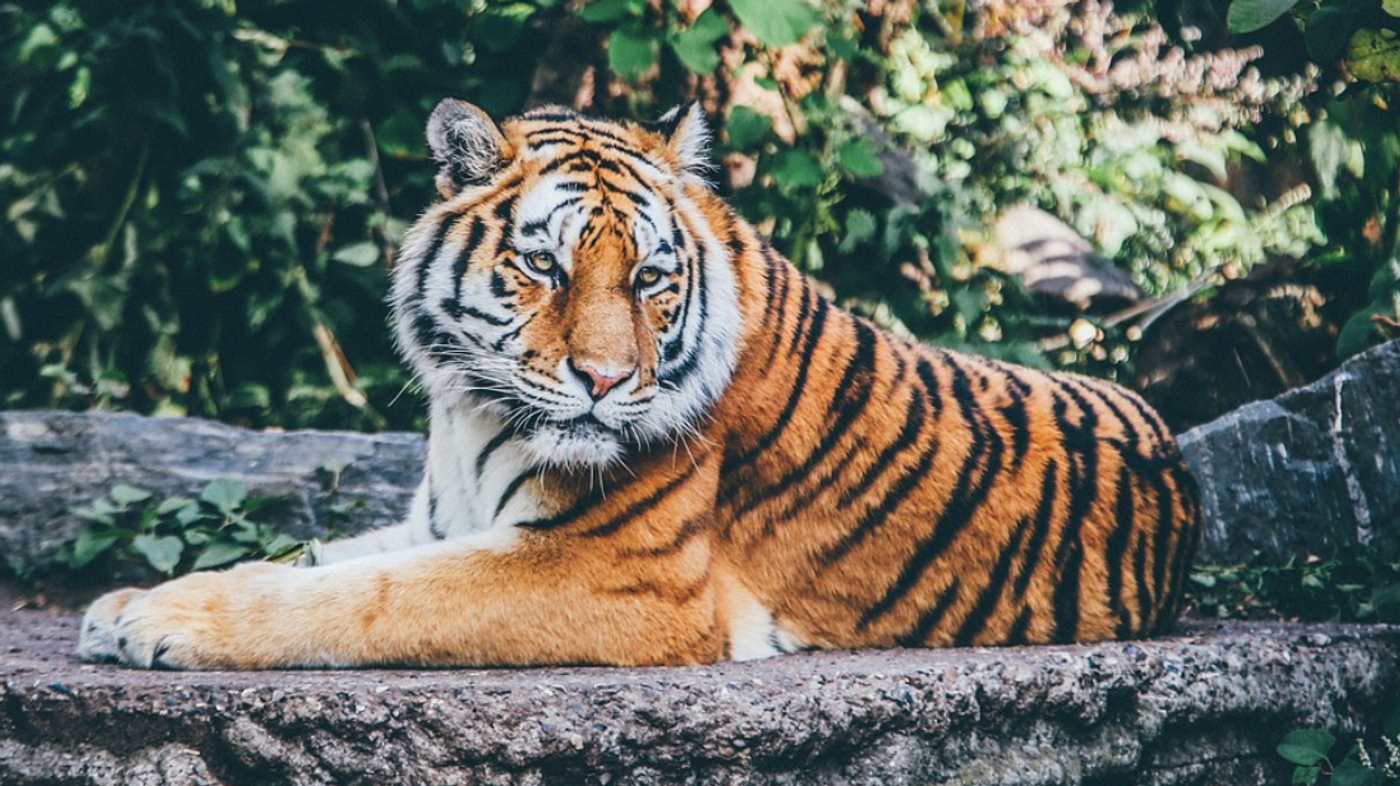Shedding New Light on the Differences in Cat Genomes
How did cats evolve into so many different species, like tigers, lions, and domestic cats? A new study has explored cat evolution through the ages, comparing cat genomes to shed light on why complex variations are less common in cat DNA, how various genetic changes are linked to certain traits, and which portions of the feline genome are involved in species differentiation. The findings have been reported in Nature Genetics.
In this study, the investigators utilized newer technologies to generate more complete pictures of cat genomes, said cat evolution specialist Dr. Bill Murphy, a professor of veterinary integrative biosciences at the Texas A&M School of Veterinary Medicine & Biomedical Sciences. "Our findings will open doors for people studying feline diseases, behavior, and conservation; they'll be working with a more complete understanding of the genetic differences that make each type of cat unique."
Feline chromosomes tend to be more stable than what is seen in other mammals, and cat chromosomes from different species are a lot alike. Lion chromosomes do not differ much from those in domestic cats, and there seems to be far fewer changes like duplications or rearrangements than what is commonly observed in great apes, added Murphy.
The frequency of events called segmental duplications, in which very similar sequences are found in different parts of the genome, are also very different in cats and apes. Murphy noted that these segmental duplications have been associated with chromosome rearrangements in primate research. As segmental duplications increase in the genome, chromosomes become more likely to rearrange.
"What we discovered by comparing a large number of cat species genomes is that cats have just a fraction of the segmental duplications found in other mammal groups. Primates actually have seven times more of these duplications than cats. That's a big difference, and now we believe we understand why cat genomes are more stable," Murphy explained.
Cats still do have many differences in their genomes, and some portions of the feline genome are more strongly associated with differences between species.
For example, a large part of the center of the cat X chromosome is a genetic rearrangement hotspot. One particular repetitive sequence called DXZ4 appears to have played a major role in the differences between domestic and jungle cats.
DXZ4 is not a typical gene. Murphy added that it is a satellite repeat, which affects the X chromosome's three-dimensional structure.
"We still don't know the precise mechanism, but by comparing all these cat genomes, we can better measure the rate at which DXZ4 evolved in one species compared to all the others. What we learned is that DXZ4 is one of the most rapidly evolving parts of the cat genome; it's evolving faster than 99.5 percent of the rest of the genome," said Murphy.
The mutation rate of DXZ4 indicated that it is connected to speciation, Murphy added.
The research also identified links between olfaction genes related to scent detection, and how cats relate to their environment and socialize. Lions are large social animals that have family groups, while tigers are solitary; so scents may be less important to lions, who are always around other lions. Lions also have fewer genes related to odorants compared to tigers, who live in much larger territories and have different habits and behaviors. Domestic cats have also lost many olfaction genes, and they generally do not have to do any hunting.
Interestingly, wild cats in Southeast Asia that catch fish still carry many waterborne scent detection genes, a rare trait in vertebrates that live on land, noted Murphy. Fishing cats are the only cats that still carry these genes.
This study was made possibly by technical advances in genetic sequencing. "Olfactory genes aren't the only ones that have been challenging to sequence and study. Scientists have also struggled to sequence immune and reproductive genes, so previous studies are missing this kind of information. Imagine trying to study a genetic condition in cats, humans, or any species, for that matter, without having all the pieces; this is why assembling complete genomes matters," Murphy said.
Sources: Texas A&M University, Nature Genetics









